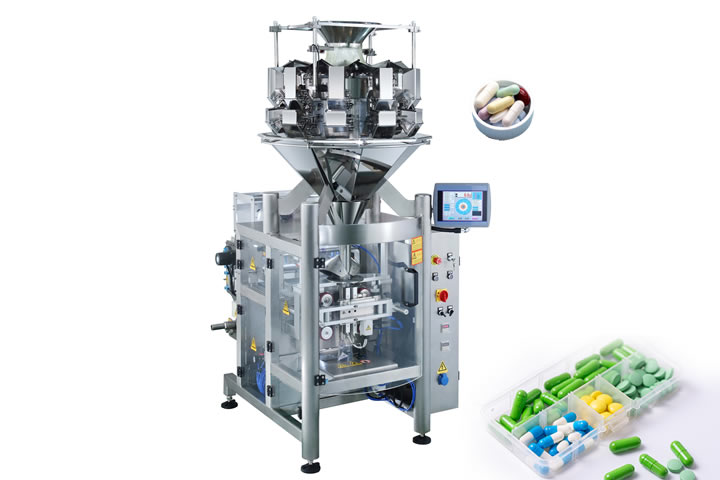With the rapid development of the global medical and health industry, especially the expansion of the biopharmaceutical, vaccine and high-value-added drug markets, sterile drug packaging machine production lines are becoming the core equipment for pharmaceutical companies to enhance their competitiveness. Since 2023, the pharmaceutical industry's demand for high-precision, low-risk sterile packaging solutions has continued to rise, driving the accelerated iteration of drug packaging machine production line technology.

Core features of sterile drug packaging machine production lines
Fully enclosed sterile environment control
The drug packaging machine production line adopts a closed design, combined with a high-efficiency air filtration system (such as HEPA-level purification), to ensure that key processes such as filling and sealing are completed in a Class 100 clean environment, significantly reducing the risk of microbial contamination and meeting international standards such as GMP and FDA.
Intelligent and flexible production adaptation
For a variety of containers such as vials, ampoules, prefilled syringes, etc., the drug packaging machine production line can quickly switch specifications through a modular structure to adapt to the trend of small-batch and multi-variety production, while integrating visual inspection, real-time correction and other functions to ensure the packaging yield rate.
Low residue and high-precision filling technology
Through servo drive and high-sensitivity flow control, the production line can achieve microliter-level precision filling, reduce liquid medicine waste, and is especially suitable for packaging scenarios such as targeted drugs and cell therapy products with high unit prices.
Industry demand drives technological innovation
In 2023, the explosive growth of vaccine, biologics and innovative drug research and development has further magnified the dependence of pharmaceutical companies on aseptic drug packaging machine production lines. Traditional manual or semi-automatic packaging processes are being replaced by fully automatic drug packaging machine production lines due to shortcomings such as low efficiency and high contamination risks. For example, after a domestic leading pharmaceutical company introduced an intelligent production line, manual intervention in its aseptic packaging process was reduced by more than 90%, and batch stability was greatly improved.
In addition, the "traceability" of drug packaging machine production lines has become a rigid demand. Through the Internet of Things (IoT) and data management systems, the production line can record process parameters, environmental data and quality information in real time, providing a reliable basis for the management of the entire life cycle of drugs.
Future Outlook: Intelligentization and Greening in Parallel
Currently, pharmaceutical packaging machine production lines are making breakthroughs in two major directions:
Intelligent Upgrade: AI algorithm optimizes production rhythm, predictive maintenance reduces downtime;
Sustainable Development: Lightweight material application, energy recovery technology reduces carbon footprint.
For pharmaceutical companies, choosing a pharmaceutical packaging machine production line supplier with mature technology and industry standards will become a key decision to control quality, reduce costs and increase efficiency.

